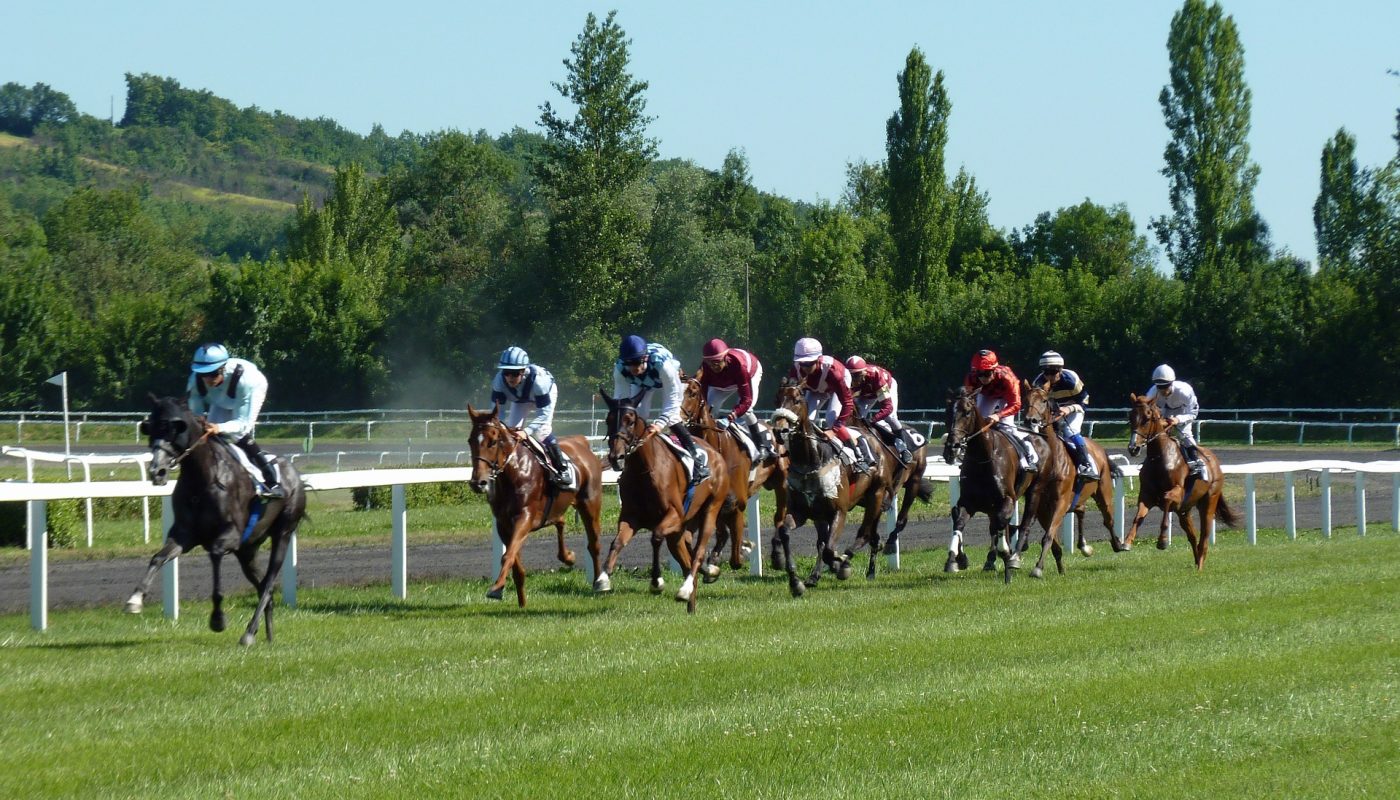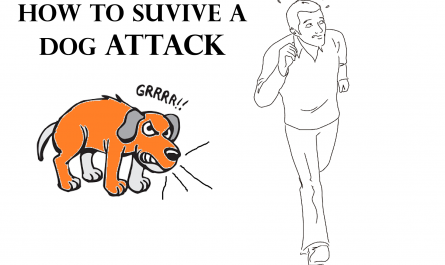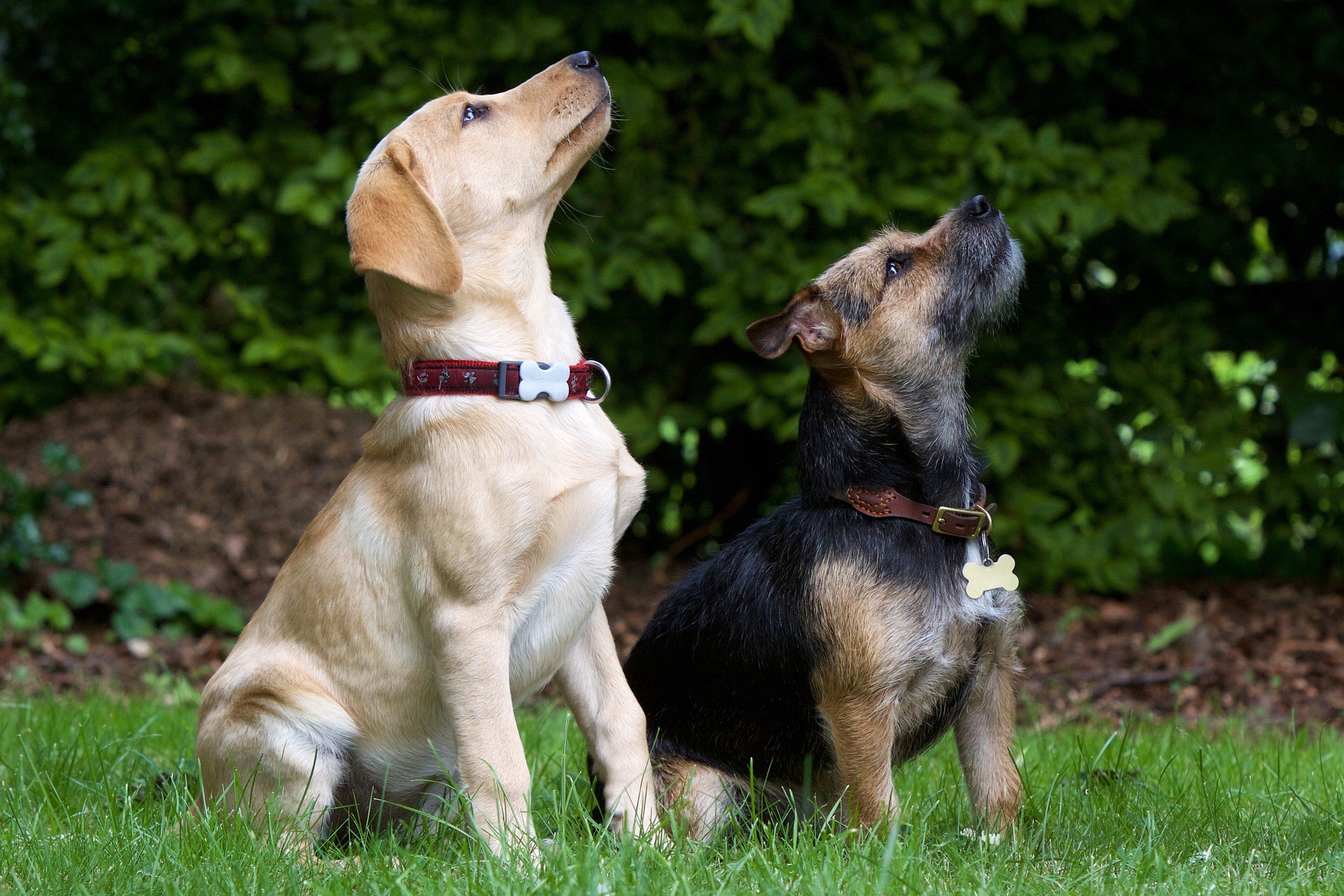Training a racehorse requires a combination of skill, patience, and dedication. To achieve optimal performance and health, it’s important to follow a comprehensive training program that addresses all aspects of a horse’s physical and mental well-being. In this article, we will explore some key strategies and tips for training a racehorse to achieve its full potential while keeping it healthy and happy.
Section 1: Assessing Your Horse’s Fitness Before you begin any training program, it’s essential to assess your horse’s current fitness level. This involves checking its heart rate, respiratory rate, and overall health, and developing a customized training plan that takes into account its unique needs and abilities.
Section 2: Developing a Training Plan A well-rounded training plan should include a variety of exercises and activities designed to improve your horse’s strength, endurance, and agility. This can include everything from long, slow-distance work to interval training, jumping, and sprint work. It’s also important to incorporate regular rest and recovery periods to allow your horse’s muscles to recover and rebuild.
Section 3: Proper Nutrition and Hydration Nutrition and hydration are key factors in maintaining your horse’s overall health and performance. A balanced diet that includes plenty of high-quality hay, grains, and supplements can help your horse maintain a healthy weight and energy level. Adequate hydration is also essential, so make sure your horse has access to clean, fresh water at all times.
Section 4: Mental Health and Stimulation Training a racehorse isn’t just about physical conditioning – it’s also important to keep your horse mentally stimulated and engaged. This can involve providing regular social interaction with other horses, as well as incorporating training exercises that challenge your horse’s mental acuity and problem-solving skills.
Section 5: Injury Prevention and Treatment Injuries can be a common occurrence for racehorses, so it’s essential to take steps to prevent and treat any injuries that may occur. This can involve regular veterinary checkups, proper shoeing and hoof care, and regular stretching and massage to keep your horse’s muscles supple and flexible.
Section 6: Jockey Training and Relationship Building In addition to the physical training and care of the horse, the jockey also plays an important role in the success of a racehorse. A jockey must have excellent riding skills and a deep understanding of how to communicate with the horse to coax the best performance out of it.
Jockeys typically spend a significant amount of time building a bond with their horses to establish trust and rapport. This relationship can have a profound impact on the performance of the horse on the track. A jockey who is in tune with their horse’s behavior, preferences, and quirks can make adjustments in the race to help the horse perform better.
Jockeys often spend time observing their horses, watching their movements and behavior to better understand them. They may also spend time grooming, petting, and talking to the horse to establish a deeper level of trust and understanding. Some jockeys even participate in other activities with their horses, such as taking them on leisurely rides or walks outside of the racetrack, to further strengthen the bond.
The relationship between a jockey and a horse is a two-way street, and a horse that trusts and respects its jockey will be more willing to push itself to perform at its best on the track. By building a strong bond with their horse, jockeys can help their horse achieve peak performance, improve their overall race times, and enhance their chances of winning on race day.
Section 7: Pet Insurance for Racehorses
As a racehorse owner, ensuring that your animal receives the best possible care is crucial to their overall health and performance on the track. However, unexpected veterinary costs can add up quickly, making it challenging to provide the necessary medical care for your animal. That’s where pet insurance can come in handy, providing a safety net to cover unforeseen medical expenses.
What is Pet Insurance for Racehorses?
Pet insurance for racehorses is a type of insurance policy that offers coverage for a range of veterinary services. Like other types of pet insurance, it can cover anything from routine check-ups to emergency care, depending on the policy’s specifics.
How Can Pet Insurance Help Racehorse Owners?
One of the biggest benefits of pet insurance for racehorses is the financial support it can provide in the event of a medical emergency. Injuries and illnesses can happen suddenly, and they can be expensive to treat, especially if they require extensive care or surgeries. With pet insurance, racehorse owners can have peace of mind knowing that their animal’s medical expenses will be covered, allowing them to focus on the animal’s recovery.
Moreover, pet insurance can also help cover the cost of preventative care. Regular check-ups, vaccinations, and other forms of preventive care can help to catch any potential health issues early, preventing them from developing into more severe conditions that could affect the horse’s performance on the track.
Choosing the Right Pet Insurance Policy for Your Racehorse
When selecting a pet insurance policy for your racehorse, there are several factors to consider. Some policies may provide more comprehensive coverage, while others may offer lower premiums but less comprehensive coverage.
It’s essential to research and compares different policies to determine which one provides the best value for your animal’s specific needs. Some of the factors you may want to consider when comparing policies include coverage limits, deductibles, premiums, and exclusions.
In addition to these factors, it’s also important to ensure that the insurance company you choose has a good reputation and a history of providing reliable coverage to horse owners.
Overall, selecting the right pet insurance policy for your racehorse requires careful consideration and research. By selecting the right policy, you can ensure that your animal receives the best possible care, without having to worry about the financial burden of unexpected veterinary costs.
Conclusion
Pet insurance can be a valuable tool for racehorse owners, providing a safety net to cover unexpected medical expenses. It can also help to cover the cost of preventative care, ensuring that potential health issues are caught early before they become more severe.
When selecting a pet insurance policy for your racehorse. It’s important to research and compares different policies to find the best fit for your animal’s specific needs. By doing so, you can help ensure that your racehorse receives the best possible care, without having to worry about the financial burden of unexpected veterinary costs.
In conclusion, racehorse owners must take a proactive approach to ensure their animals’ health and well-being, both on and off the track. By providing the best possible care and investing in pet insurance, owners can help their racehorses perform at their best while safeguarding against unexpected veterinary costs.


